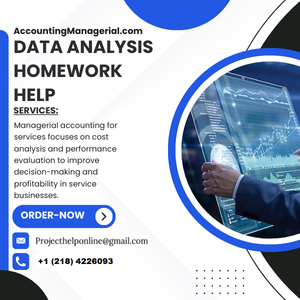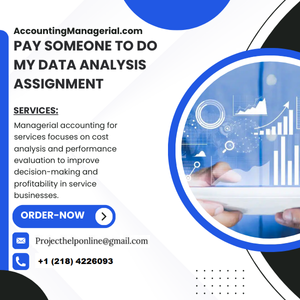Cost Behaviour
Data analysis involves inspecting, cleansing, transforming and modeling data to reveal useful information, suggest conclusions and support decision-making. It is an indispensable skill in business, academia and research across disciplines and requires both technical knowledge and critical thought for optimal success. An effective data analysis process relies upon setting clearly defined objectives with clear communication mechanisms in order to be effective.
Cost behavior describes how changes to business activities affect costs within an organization. It’s an essential consideration when setting annual budgets because it helps management predict whether some costs will increase or decrease, and provides insight into cost-volume-profit analysis for strategic business decisions.
Recognizing different types of cost behavior can assist companies in understanding which costs are fixed or variable and make better production decisions accordingly, Trends Ahead thus preventing costly errors from being made and improving their bottom line. It can also help them estimate future expenses and estimate profit margins more accurately.
Performance Measurement
Financial results were once all that mattered for businesses, but modern business requires agility, cost containment and high-level customer service – requirements which necessitate performance measurement best practices to provide strategic clarity and help achieve them. Performance measurement best practices may be applied across an entire organization or targeted towards smaller divisions and departments to collect and analyze data which will assist in reaching target goals.
Company performance measurement provides companies with an effective tool to evaluate their strategies and optimize operations to gain a competitive edge. By comparing operations against industry benchmarks and competitors, firms can identify areas of success as well as those needing improvement – helping develop targeted, effective strategies that enhance everything from revenue management to operational efficiency. It also acts as a feedback loop which evaluates employee efforts for compensation or promotion purposes.
Variance Analysis
Variance analysis is an integral component of managerial accounting that helps business leaders identify the core repercussions of budget deviations on sales revenue and expenses, Quick Insights helping to ensure alignment with financial objectives, increase profitability and mitigate risks.
Variance analysis involves collecting and examining information from various sources – financial statements, employee timesheets, purchase receipts, manufacturing production – in order to compare them against planned and budgeted numbers in order to identify any discrepancies.
Detail explanations of variance differences are then written to identify their causes, such as changes in sales volumes or material costs. Effective variance analysis requires high-quality financial and operational data collection processes; unfortunately many businesses struggle to access this data due to manual processes, inadequate automation tools or limited time available for collection. Employing a structured approach, taking advantage of automation tools available and creating a culture of continuous improvement may enable businesses to conduct variance analysis more efficiently and effectively.




